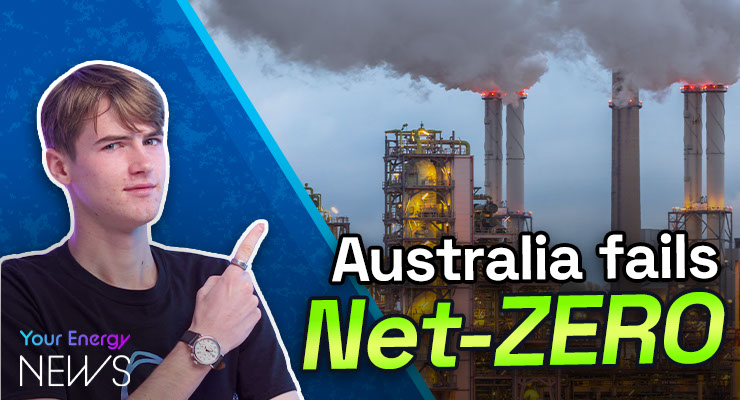
Fast read
Australia's Integrated System Plan (ISP) is falling short of its renewable energy targets, with only 2.9 GW out of the required 6 GW installed in 2022. This jeopardises Australia's goal of 81% renewable electricity by 2030 and achieving net-zero emissions by 2050.
Factors contributing to the shortfall include renewable energy costs, market unpredictability, and inadequate energy storage investments. SEC Chief Executive John Grimes emphasizes the need for extensive renewable energy storage.
To address these challenges, Australia must increase financial support for renewables, streamline project approvals, and revamp its energy consumption patterns to ensure a sustainable future.
The Australian Electricity Market Operator (AEMO) has released its latest data on the Integrated System Plan (ISP), which prescribes a 20-year roadmap for the development of the national electricity market. The data shows that the ISP is falling short of its ambitions, with only 2.9 GW out of 6GW’s of renewable energy connections installed in 2022.
The ISP aims for 81% of Australia’s electricity to come from renewable sources by 2030. To achieve this;
The ISP requires 48 GW of renewable energy connections or 6 GW per year. However, the data shows that only 2.9 GW of renewable energy connections were installed in 2022.
This is a significant shortfall, and it raises questions about the feasibility of Australia’s climate goals.
The ISP is a key part of the Government’s commitment to achieving net-zero emissions by 2050, therefore, if the ISP is not met, it will be difficult for Australia to achieve its climate goals.
There are a number of factors that have contributed to the shortfall in renewable energy connections. One factor is the cost of renewable energy. The cost of solar and wind power has fallen significantly in recent years, but it is still more expensive than fossil fuels. This has made it difficult for renewable energy projects to compete with fossil fuel projects.
Another factor is the lack of planning and coordination in the electricity market. The ISP is a long-term plan, but the electricity market is constantly changing, making it difficult for investors to know where to put their money.
At Australian Energy Week in June 2022, Australian Energy Market Operator CEO Daniel Westerman expressed concern about the scale of investment being made into energy storage projects.
There is no way Australia can reach its target of “82% renewables by 2030 unless we unleash renewable energy storage. We need everything from batteries on wheels in electric vehicles to household battery systems to unlock massive investment in large-scale energy storage projects through a Renewable Energy Storage Acceleration Scheme.” – SEC Chief Executive John Grimes
So what does this mean for Australia’s energy future?
The shortfall in renewable energy connections is a significant challenge, but it is not insurmountable. With the right policies and investment, Australia can still achieve its climate goals. The government needs to take steps to address these challenges if it is to meet its climate goals. This shortcoming highlights the need for increased financial support for renewable energy projects and the introduction of policies to make it easier for renewable energy projects to get approval. Improving the overall planning and coordination of the electricity market seems like the next step in the right direction for our country’s energy goals.
The shortfall in renewable energy connections is a sign that Australia’s energy transition is not happening fast enough. If we are to meet our climate goals, we need to accelerate the transition to renewable energy. This means investing in more renewable energy projects, and making it easier for these projects to get approval. It also means making changes to the way we use energy so that we can use less of it.
The energy transition is a complex challenge, but it is one that we must meet. The future of our planet depends on it.



